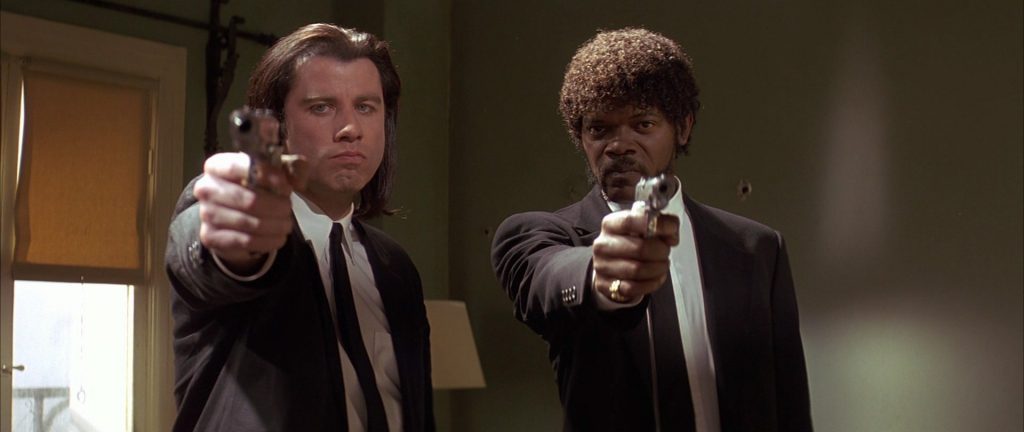Parallel Storylines
If you would like to write a script that will stand out from the crowd then using parallel storylines is a great way of doing so. When parallel storylines are done right they can be extremely creative and very memorable. It is a technique Quentin Tarantino and Roger Avery used to great effect in the hit movie Pulp Fiction. The basic premise behind the parallel storyline principle is to have multiple protagonists and/or antagonists who each go through their own story with some common thread between each of them.
While parallel storytelling can afford a scriptwriter to write a number of stories with less detail than the usual single plot and subplot structure there are several things to consider before you use the parallel storytelling method.
- What exactly is the purpose of using the multiple storyline method? Don’t try to separate a single story into three or four just to use a new technique.
- Each storyline should be separate but have some common thread or event that bring them together.
- Once you have created several stories it is a good idea to write out the scenes of each story in bullet points onto 3”x5” cards. This way you can easily find the best places for each story to intersect and the timeline in which each story is told.
- The last point helps with this. You need to come with a smooth transition between stories which doesn’t distract the audience from the overall story. The smoother the transition the easier it is for the audience to keep in the flow of the film. One way of doing this is to having one protagonist meet the protagonist of the next story and then simply follow them after the meeting.
- Pay attention to character development. Using parallel storylines will mean that each main character will generally get less screen time than in a typical screenplay. This doesn’t mean you can get lazy when it comes to character development. Each character still needs motivation, room to grow, a backstory, an attitude, etc. For more see Building A Great Character.
- Just as you need to make sure each character is fully developed you have to take the same care with each individual story. Each story needs a protagonist with a problem to overcome and restore the equilibrium in their world while gaining a new attitude.
- The overall story should have a theme, a message to the audience. This is yet another way to bind each story together. It can be a lot easier to show the audience what the theme of the movie is when you use parallel storylines as the theme is seen from a number of different perspectives. In Pulp Fiction the theme is redemption.
- After Jules and Vincent escape a barrage of gunfire Jules believes that God has a divine purpose for him and decides to give up the goon business to help others suffering under tyranny. Butch decides not to throw a fight he had agreed to with Marsellus. Marsellus puts a hit out on Butch and only calls it off after Butch saves him from two sexual deviants. Having not learnt from his experiences Vincent winds up dead after waiting in Butch’s house to kill him.
- The final point is to assign a number of pages to each story and stick to it. If you are telling three stories then they can each have about forty pages each. While you don’t have to be precise, each story should also get a similar amount of pages. This provides a good balance in the overall script.
If you plan to write a script with parallel storylines then it is a good idea to read scripts and watch movies that use this method. Good examples of such movies are Pulp Fiction, Sin City, Magnolia, Crash and The Hours.
Please CLICK HERE To Check Out My Top 5 Online Scriptwriting Courses




I am faced exactly with this storyline where one character is induced to procure the second. ** There is a kind of business relationship between them that could have led to marriage. The controlling party prevents that. Then both characters have to live with the consequences.
Although the first character’s backstory is easily told in sequence the second is not.
How can I introduce the second character’s flashback. Is it somewhere**. Should it be a confession? The second character’s backstory explains why they acted irresponsibly. The second Character is really the major of the two characters.
This is a script I have lifted and put down many times.